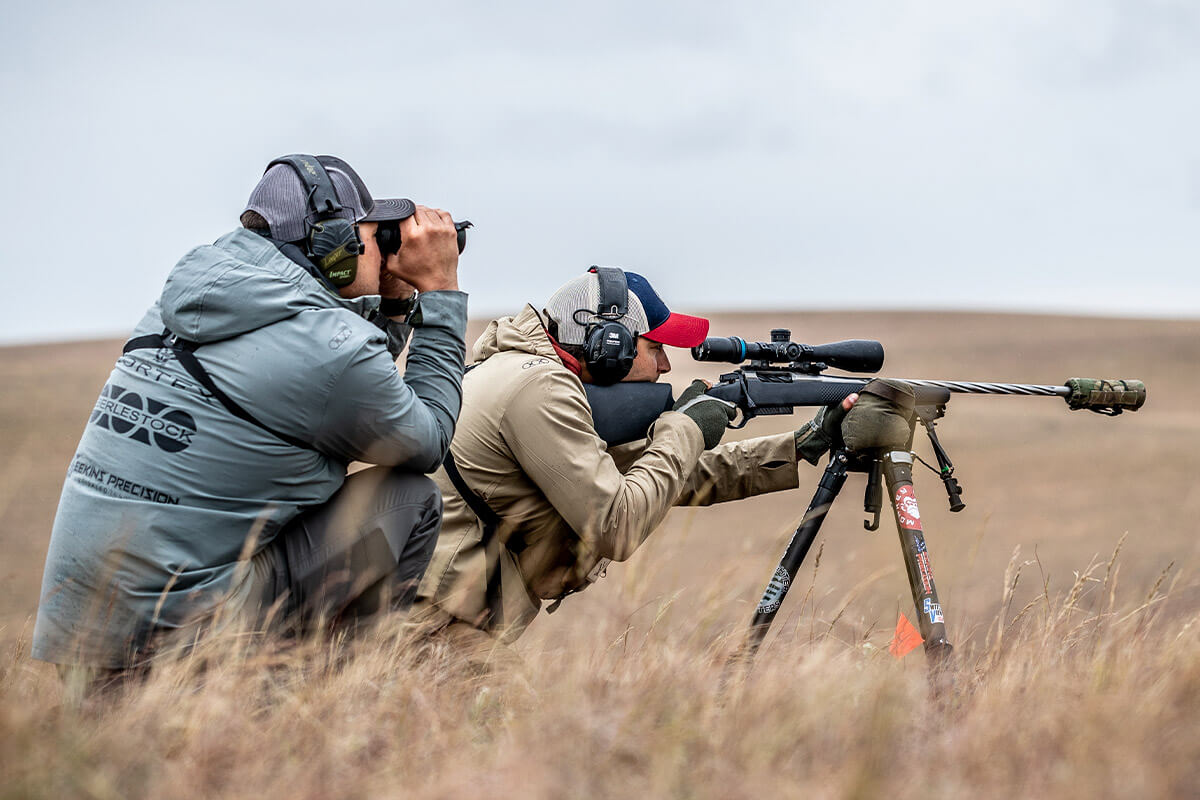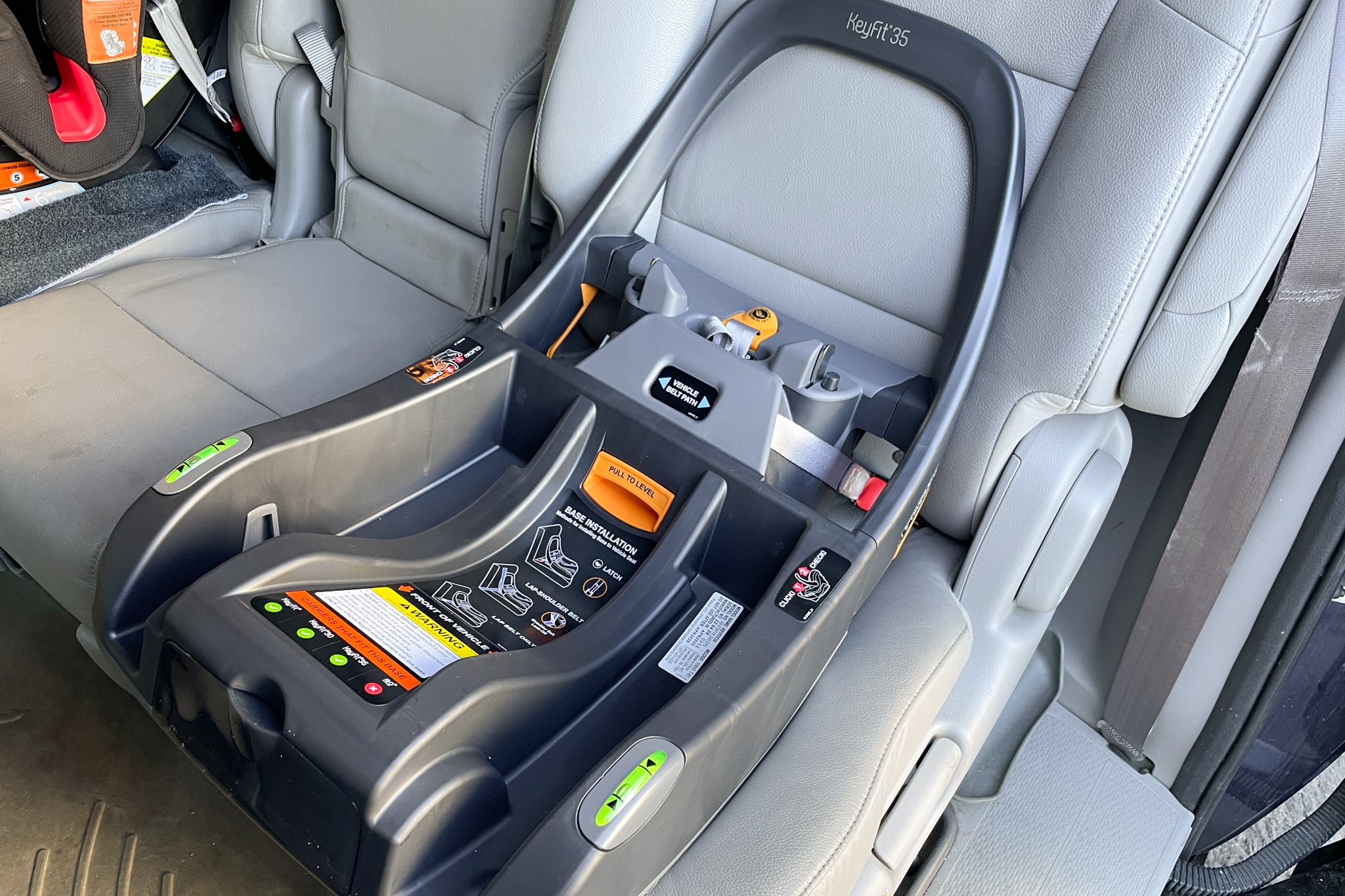Ideal Rifles for Hunting and Tactical Use

The choice of a rifle for hunting or tactical use is a critical decision that involves several factors, including the type of game, terrain, and the specific tactical scenario. Here we provide a detailed overview of the ideal rifles for these purposes, considering factors such as caliber, rifle action, ergonomics, and optics.
Section 1: Understanding Rifle Calibers
The caliber of a rifle is a primary consideration. For hunting small game, calibers like .22LR or .17HMR are appropriate due to their low recoil and sufficient stopping power for smaller animals. Medium game like deer or hogs can be effectively hunted with calibers such as .308 Winchester or 6.5 Creedmoor, which offer a good balance between recoil and lethality. For larger game, such as moose or bear, more powerful calibers like the .300 Winchester Magnum or .338 Lapua are recommended. Additionally, the 300 Blackout caliber has gained popularity for its versatility in both hunting and tactical applications.
Section 2: Rifle Actions for Hunting and Tactical Use
Rifle actions play a crucial role in the selection process. Bolt-action rifles, known for their accuracy and reliability, are a popular choice among hunters. For tactical scenarios, semi-automatic rifles, such as the AR-15 platform, are preferred due to their rapid fire capability and ease of use. Lever-action rifles, while less common, can be effective in brush hunting scenarios due to their fast cycling rate and compact size.
Section 3: Ergonomics and Rifle Customization
The ergonomics of a rifle contribute significantly to its effectiveness. Adjustable stocks, pistol grips, and forends can enhance comfort and control. For tactical use, rifles with modular designs, such as the AR-15, allow for extensive customization with accessories like bipods, laser sights, and flashlights. Hunters might prefer rifles with lighter, more streamlined designs for ease of maneuverability in the field.
Section 4: Optics and Sighting Systems
Optics are a crucial aspect of both hunting and tactical rifles. Scopes with variable magnification are ideal for hunting, allowing for clear targeting at various ranges. Tactical rifles benefit from red dot sights or holographic sights for rapid target acquisition. Long-range tactical engagements might require scopes with higher magnification and reticles designed for range estimation.
Section 5: Durability and Maintenance
Durability is key in selecting a rifle for hunting or tactical use. Materials like stainless steel and polymer can withstand harsh conditions and require less maintenance. Regular cleaning and maintenance are crucial for ensuring the longevity and reliability of the firearm.
Section 6: Legal and Ethical Considerations
Understanding the legal implications of rifle ownership and use is essential. Compliance with local, state, and federal laws regarding firearm possession, hunting seasons, and hunting licenses is mandatory. Ethical considerations, such as the humane dispatch of game and responsible handling of firearms, must be prioritized.
Section 7: Training and Skill Development
Proficiency in using a rifle is vital. Regular training and practice are necessary to maintain accuracy and safety. Hunters and tactical users alike should invest time in learning about their rifles, practicing marksmanship, and understanding ballistics.
Conclusion:
Selecting the ideal rifle for hunting or tactical use is a multifaceted decision that depends on personal needs, environmental conditions, and the intended use. Whether it’s for hunting deer in the backcountry or engaging in tactical scenarios, the right rifle, when paired with proper training and ethical practices, can be a reliable and effective tool. This comprehensive guide serves as a starting point for those seeking to make an informed choice in their rifle selection.











